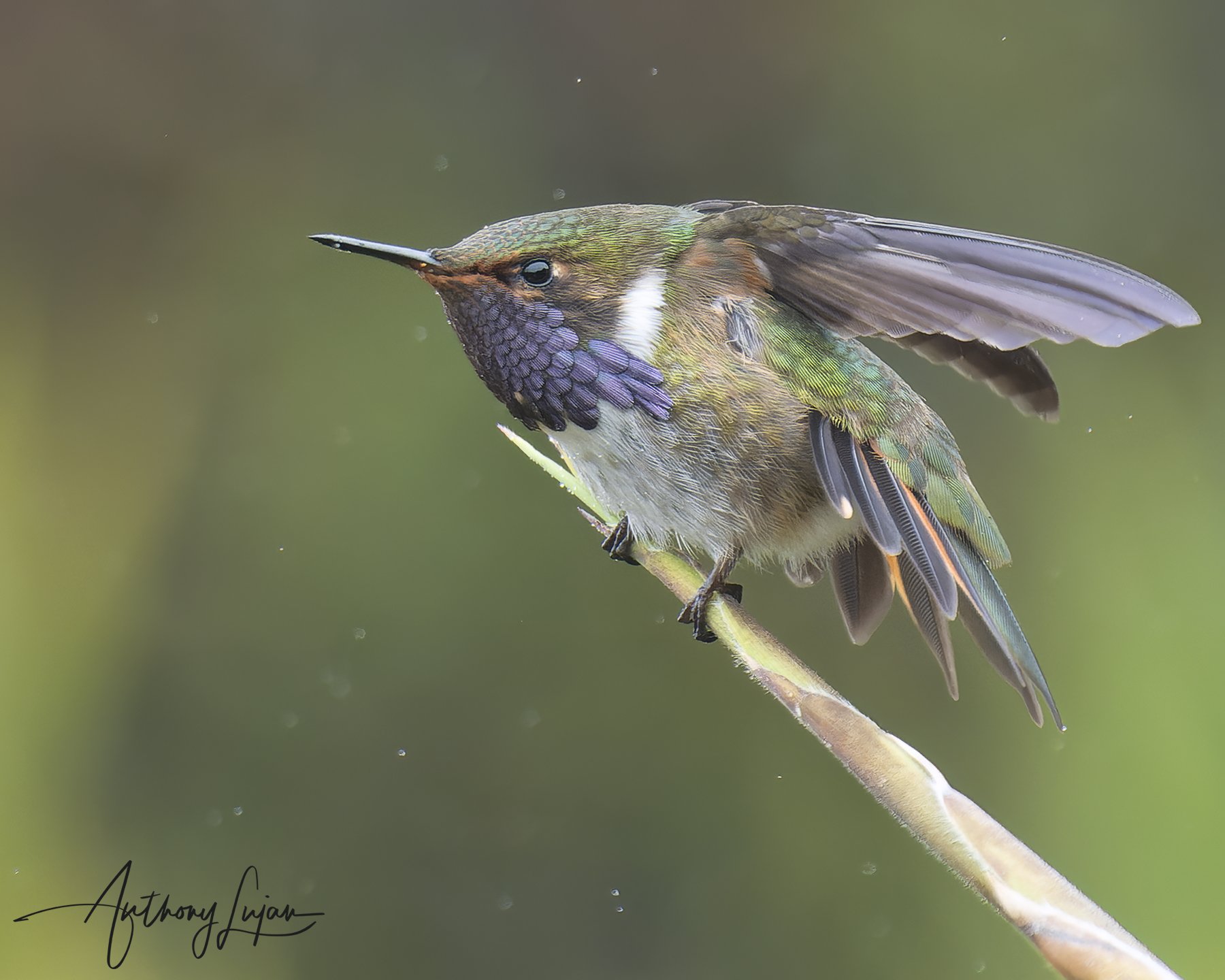Hummingbirds: The Birds with No Sense of Smell
The Absence of Smell in Hummingbirds
Evolutionary Background
Hummingbirds have evolved to rely heavily on their keen eyesight and sense of taste rather than smell. This adaptation likely developed because the primary foods hummingbirds consume—nectar from flowers—do not require a sense of smell to locate.
Brain Structure
The olfactory bulbs in hummingbirds are extremely small, indicating that the sense of smell is not significant in their daily lives. Instead, their brain has evolved to enhance other senses that are more critical for their survival.
How Hummingbirds Compensate
Vision
Hummingbirds have excellent vision, which is crucial for finding flowers and navigating their environment. They can see a wide range of colors, including ultraviolet light, which helps them locate nectar-rich flowers that are often brightly colored to attract pollinators.
Taste
While they lack a sense of smell, hummingbirds have a well-developed sense of taste. They can detect different sugar concentrations in nectar, allowing them to choose the most nutritious flowers. This ability helps them efficiently gather the energy they need to sustain their rapid wingbeats and high metabolism.
Memory
Hummingbirds possess an impressive memory, which they use to remember the locations of flowers and feeders. They can recall which flowers they have visited and how long it takes for a flower to refill with nectar, optimizing their feeding routes and ensuring a consistent food supply.
Why No Sense of Smell?
Nectar's Nature
Nectar, the primary food source for hummingbirds, does not emit strong odors. Therefore, a keen sense of smell is unnecessary for locating it. Instead, the visual cues provided by the flowers are more reliable and efficient for these birds.
Energy Efficiency
Maintaining an enhanced sense of smell would require additional energy and brain resources. For hummingbirds, which have incredibly high metabolisms and energy needs, it is more efficient to focus on senses that directly contribute to finding food and navigating their environment.
Conclusion
Hummingbirds are a prime example of how animals can adapt to their environments in unique ways. Despite lacking a sense of smell, they thrive using their exceptional vision, taste, and memory. These adaptations allow them to efficiently locate nectar and survive in diverse habitats. Understanding these sensory adaptations not only highlights the complexity of hummingbird biology but also enriches our appreciation for these remarkable birds.
Please note: The content provided on this blog is for educational purposes only and contains general information.

